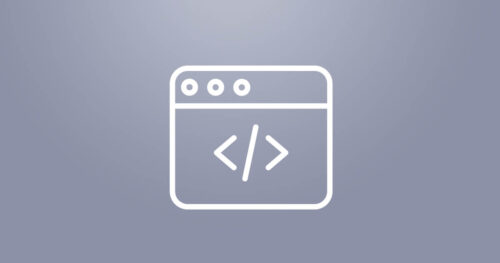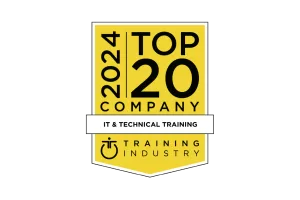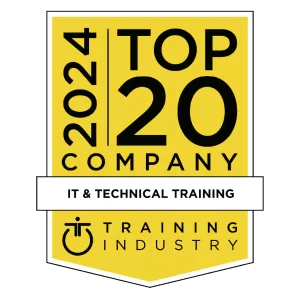Develop the essential skills to safely guide AI transformation with the first credential built for tomorrow’s secure enterprise.
ISACA Advanced in AI Security Management (AAISM) validates security management professionals’ ability to demonstrate their expertise in AI. This credential builds upon existing security best practices to enhance expertise and adapt to the evolving AI-driven landscape, ensuring robust protection and a strategic edge.
As AI transforms business and security architecture, enterprise risk profiles are changing dynamically. Security leaders must do more than react. They must evaluate, adapt and guide organizations through new AI-driven systems and models, ethical considerations and security tools. Professionals today require both the technical context and leadership mindset to manage AI-specific vulnerabilities with confidence.
AAISM goes beyond simply visualizing AI security. It signifies expertise in driving AI governance and program management, assessing and mitigating AI risk, and utilizing AI technologies and controls to enhance security and streamline monitoring. ISACA’s AAISM certification meets this need by building on globally recognized credentials like CISM and CISSP. It equips leaders to:
- Evaluate and secure AI-enabled systems across the enterprise
- Integrate AI into existing security operations and workflows
- Identify and respond to risks tied to AI technologies
- Reinforce governance, compliance and responsible innovation








